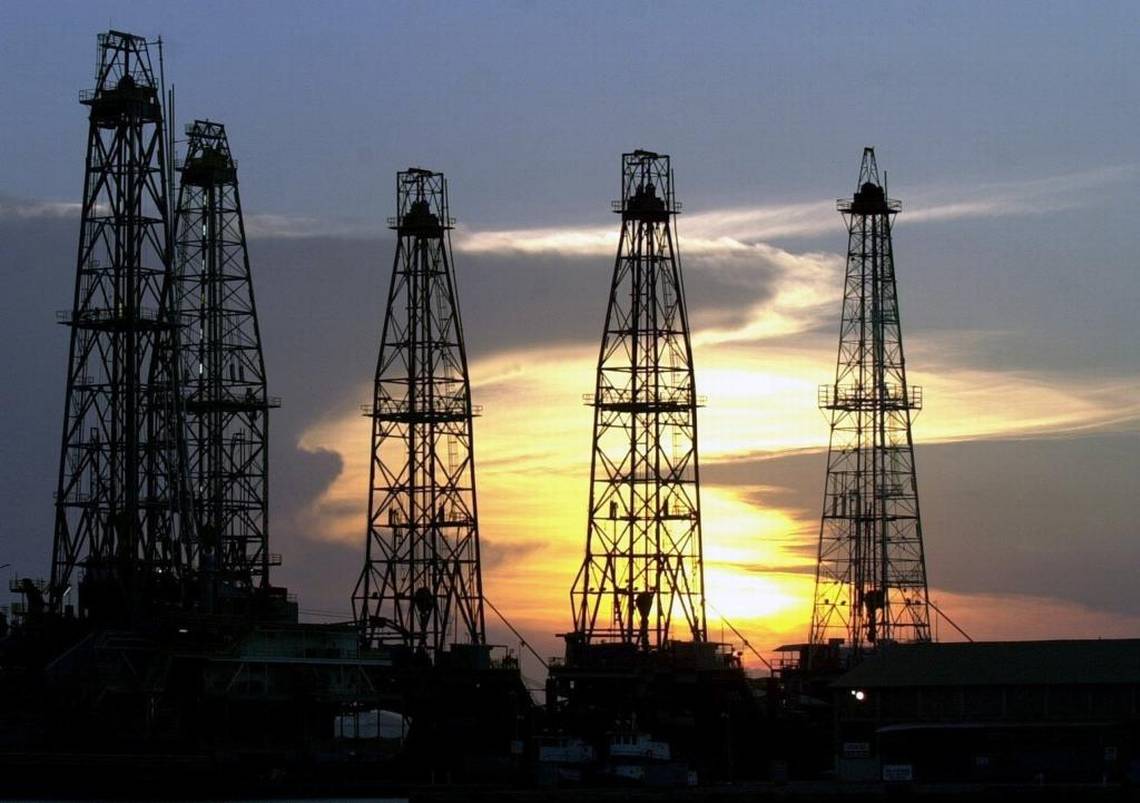Oil prices fly $100 barrel

Crude oil has been moving steadily higher for months, despite a recent short-term blip, and it may not be long before we are looking at triple-digit prices once again. Eighty-dollar Brent is the most recent target, reflecting the highest level the commodity has seen in years and the closest its come to 2008 record highs of $150 per barrel.
And while market forces aka Saudi Arabia may be doing what they can to control the price, there is a wildcard that could send oil futures soaring to near $100 per barrel once again, and according to a market strategist on CNBC, it’s Venezuela.
If Venezuela, which is mired in economic depression, were to bring oil production to a total halt, it could serve as an impetus to send crude oil futures soaring to levels not witnessed in years.
A combination of production cuts inspired by OPEC and rising demand around the world has thrust the oil price to the $80 per barrel level in May, back to 2014 levels. Surplus worries have taken some steam out of the rally, at least in the short-term, as the US has been ramping up production. But Saudi Arabia has still been calling the global shots, and they like oil in the $70-$80 range.
Behind the scenes, the Organization of the Petroleum Exporting Countries (OPEC) and its allies have finally succeeded in their 16-month campaign to clear the oversupply from the world oil market despite a major upsurge in US crude oil production. Somewhat ironically, the oversupply is a situation they helped create through increased production in 2015, a factor rarely discussed in the media. Saudi Arabia is still producing at higher levels than in 2014, despite reductions since 2016 tied to the OPEC/non-OPEC agreement.
OPEC also boosted its demand forecast for this year, while trimming its outlook for global oil production.
Although one cannot rule out a short-term spike in oil prices, particularly given the influence of traders, a significant rise in oil prices will likely prove counter-productive for producers as additional non-OPEC production is incentivized and demand curtailed.
OPEC and non-OPEC producers will meet in June to assess market conditions and will likely discuss a tapering of production curtailments in order to maintain market balance now that global oil inventories have declined to the five-year average. To be sure, any reduction in Iranian exports could have an outsized impact on the oil market, which has become tighter amid higher demand and OPEC’s concerted effort to restrain production.
Inventories declined counter-seasonally in the first quarter and are expected to see further reductions as refineries come back on-line from seasonal maintenance. In fact, one of the clearest signs that oil markets were over-supplied in 2014 were stable inventories at a time when they should have been drawing down, and this past quarter we witnessed the opposite trend–flat inventories when they should have been building, likely signaling supply shortages, which suggests additional production from OPEC and other producers is needed to maintain adequate inventories and avoid a spike in oil prices.
Several large developments around the world are contributing to supply. These include operations in Kazakhstan, Brazil and the North Sea, although many are simply replacing production lost to mature field declines.
Natural field declines have historically been about 3-5% of global supply, which means the industry has to produce an additional 3-5 mm barrels of oil per day on top of 1-1.5 mm to meet incremental demand, a herculean task we think most industry observers don’t appreciate.
While newly developed fields, maintenance deferrals and technological advancements have allowed the industry to maintain adequate supplies, this may be set to change by next year when incremental supply from long-cycle projects is expected to be half of that realized in 2018.

